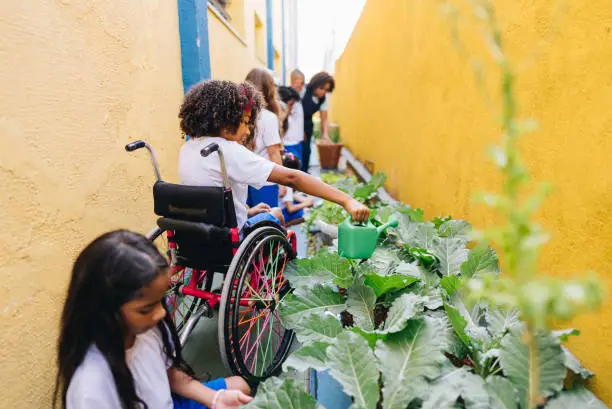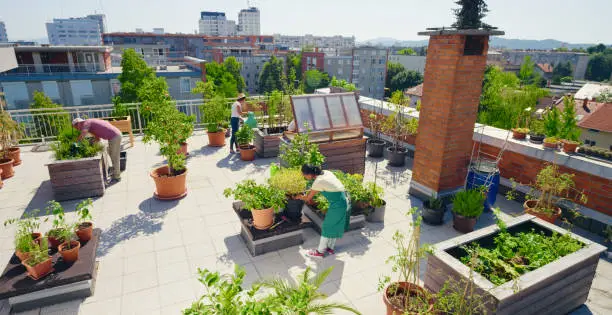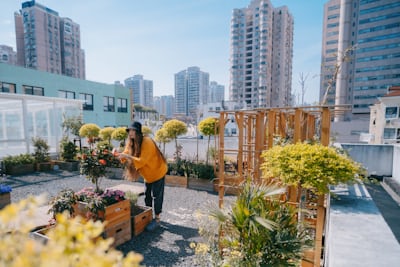About Urban Gardening
Urban gardening is the practice of cultivating plants in urban environments, transforming concrete jungles into vibrant green spaces. Whether you have a spacious rooftop, a tiny balcony, or just a sunny windowsill, you can create your own thriving garden that provides fresh produce, enhances your wellbeing, and contributes to a more sustainable city.
With some creativity, basic knowledge, and a willingness to get your hands dirty, you can join a growing movement of city dwellers reconnecting with nature right where they live.




